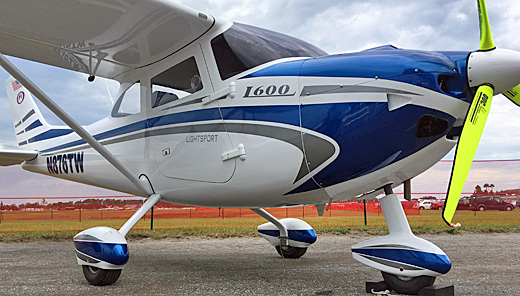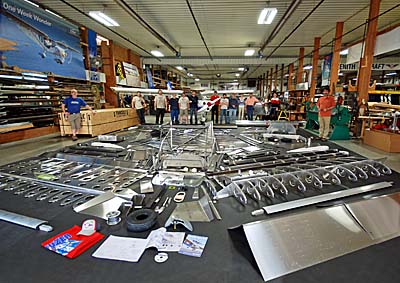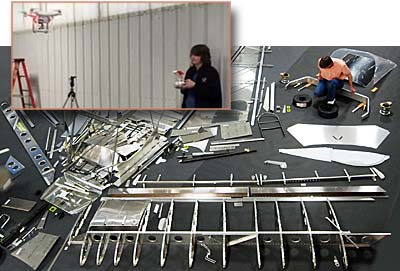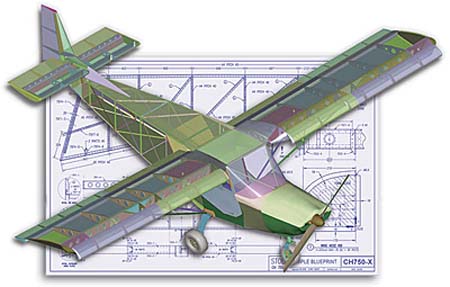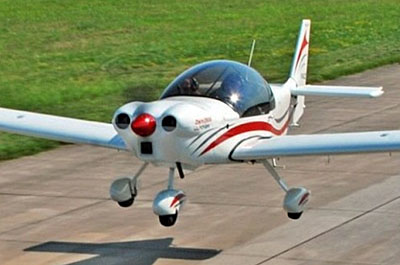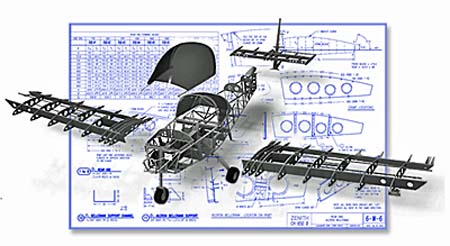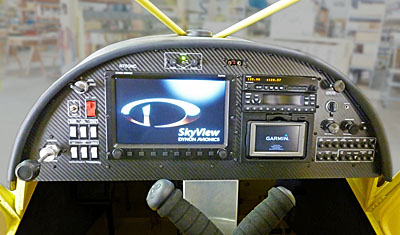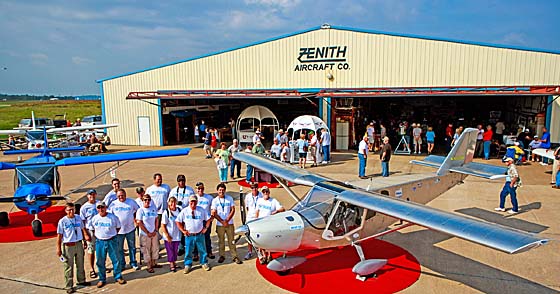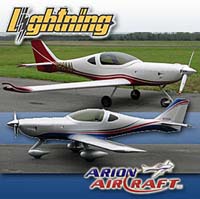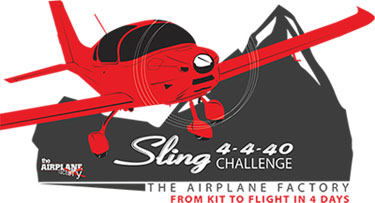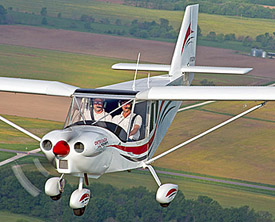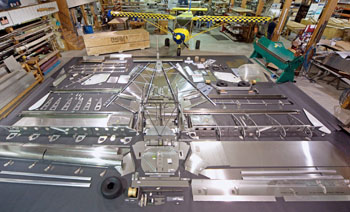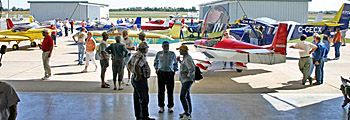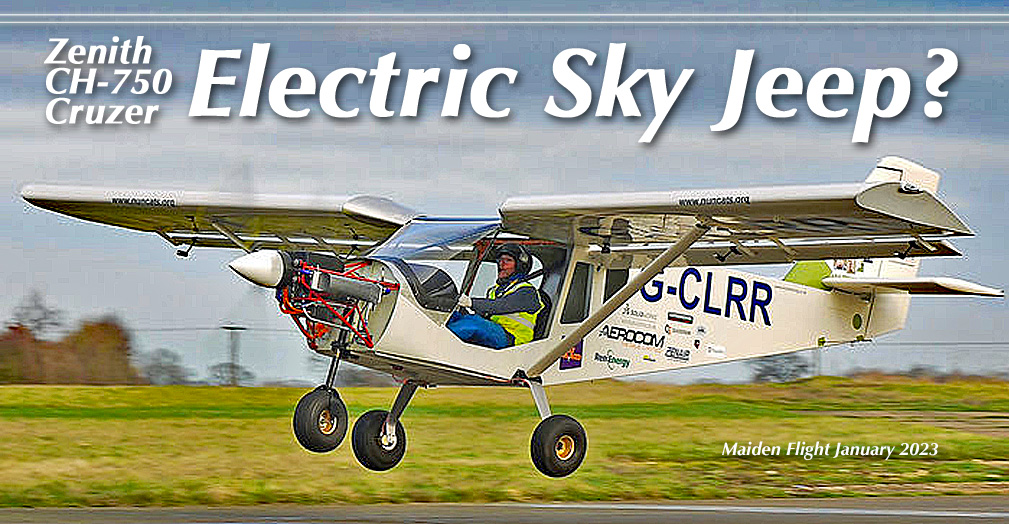
Zenith’s headline read: “All-electric Zenith ‘Sky Jeep’ completes first flight, with plans to transport doctors and medical supplies in remote areas of the world.” Several aviation publishers jumped on the news* from light kit-built market leader, Zenith Aircraft. I’m curious what you think of (1) electric propulsion on any aircraft and (2) electric power for an aircraft used, let’s say, for exploring. If you have an opinion and care to share it, use the comment feature. To date, most electric-propulsion entries have been sleeker designs. Pipistrel has been a leader in this class; they got their start building sailplanes and motorgliders and never lost their preference for clean, smooth shapes. Many others also participated (nearby images). Bye Aerospace’s eFlyer continues its long path toward the market. This development company based its aircraft on Arion’s Lightning airframe, a smart choice as Lightning is so smoothly constructed. This article describes what was then called Sun Flyer.


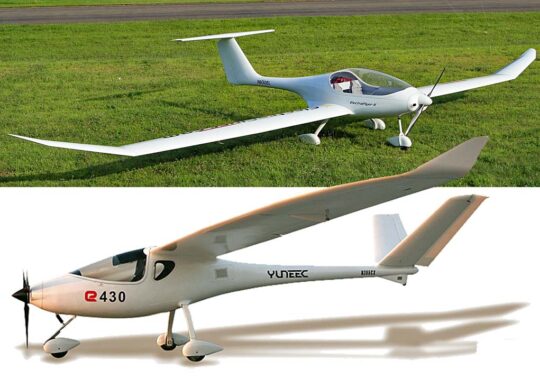
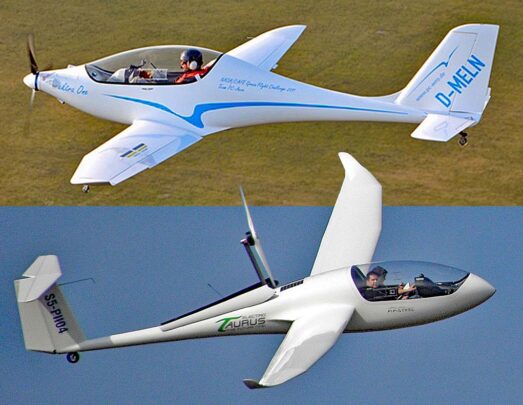
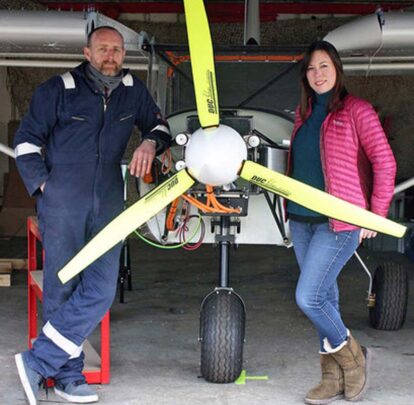 Tim and Helen Bridge are developing the ‘electric sky jeep,’ an all-electric
Tim and Helen Bridge are developing the ‘electric sky jeep,’ an all-electric 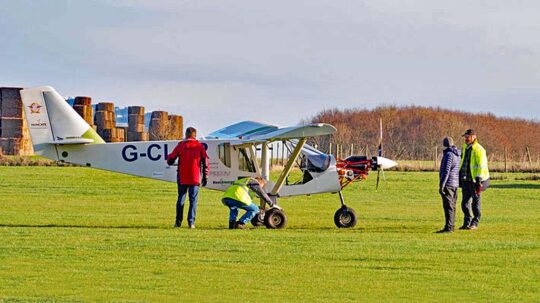 "The Bridges' company plans to tap into ground-based networks of solar-powered energy grids in remote towns and villages," said Zenith, "so that the aircraft can fly between villages delivering vital medical staff and supplies without relying on outside fuel that needs to be flown in to the location."
Given its STOL (short takeoff and landing) capabilities, the manufacturer said, "Zenith's CH-750 is well suited for 'off-airport' operations, and can be flown in and out of shorter runways that may also be 'unimproved,' such as grass or dirt landing fields."
The Bridges founded their company, NUNCATS, in 2019. Now that the aircraft has been completed and flown they predicted, “As soon as funding allows, we hope to move towards getting this into communities where it can make a real difference. There are currently a billion people in the world with no access to healthcare.” The project is still seeking backers and sponsors to help fund its development.
"The Bridges' company plans to tap into ground-based networks of solar-powered energy grids in remote towns and villages," said Zenith, "so that the aircraft can fly between villages delivering vital medical staff and supplies without relying on outside fuel that needs to be flown in to the location."
Given its STOL (short takeoff and landing) capabilities, the manufacturer said, "Zenith's CH-750 is well suited for 'off-airport' operations, and can be flown in and out of shorter runways that may also be 'unimproved,' such as grass or dirt landing fields."
The Bridges founded their company, NUNCATS, in 2019. Now that the aircraft has been completed and flown they predicted, “As soon as funding allows, we hope to move towards getting this into communities where it can make a real difference. There are currently a billion people in the world with no access to healthcare.” The project is still seeking backers and sponsors to help fund its development.
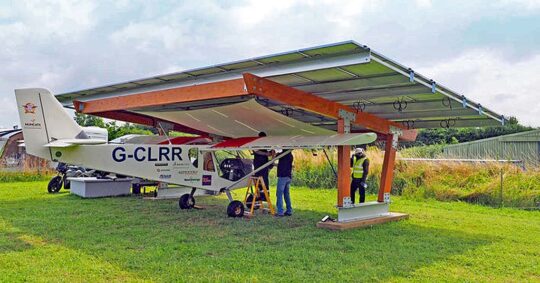
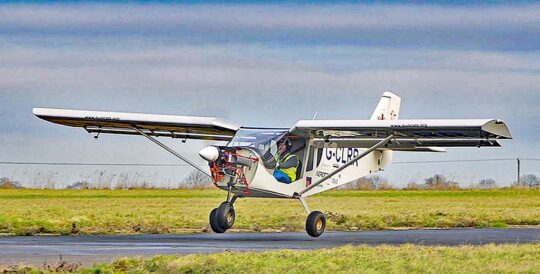
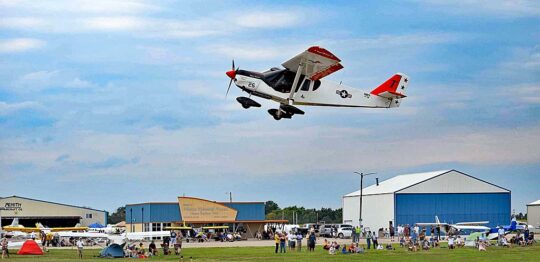 For years this company has led the segment I've dubbed "Sport Pilot kits" — those kits that a builder can fly using Sport Pilot privileges. Lead by Sebastien Heintz, Zenith continues a long stride ahead of other worthy competitors.
Our
For years this company has led the segment I've dubbed "Sport Pilot kits" — those kits that a builder can fly using Sport Pilot privileges. Lead by Sebastien Heintz, Zenith continues a long stride ahead of other worthy competitors.
Our 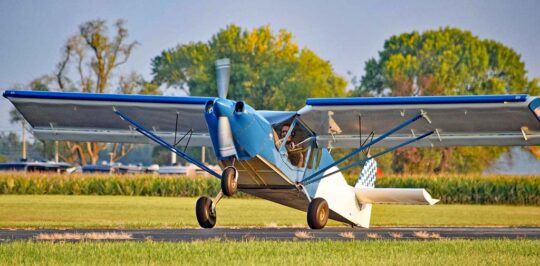 While Van's RV-12 leads for a single model (47 registered so far in 2022), Zenith is the clear leader in this space. For 2022, the Mexico, Missouri-based manufacturer has already almost matched 2020 and 2021, and those were good years. Through nine months of 2022, Zenith has registered 73 aircraft putting the company on pace for 100 new aircraft for the calendar year. Zenith is followed by Rans at 48 and Van's at 47. Zenith is running 50% ahead of either and has maintained such a strong market position for years.
While Van's RV-12 leads for a single model (47 registered so far in 2022), Zenith is the clear leader in this space. For 2022, the Mexico, Missouri-based manufacturer has already almost matched 2020 and 2021, and those were good years. Through nine months of 2022, Zenith has registered 73 aircraft putting the company on pace for 100 new aircraft for the calendar year. Zenith is followed by Rans at 48 and Van's at 47. Zenith is running 50% ahead of either and has maintained such a strong market position for years.
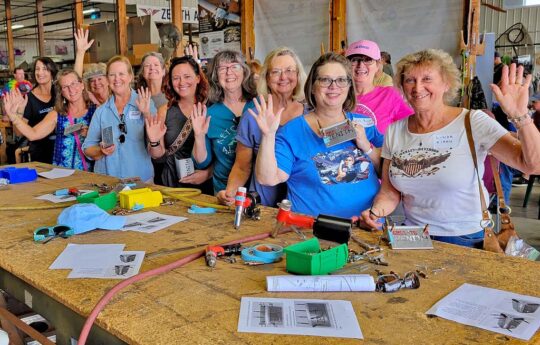
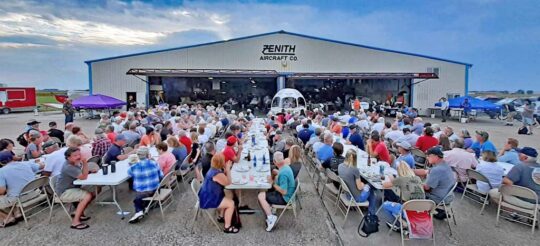
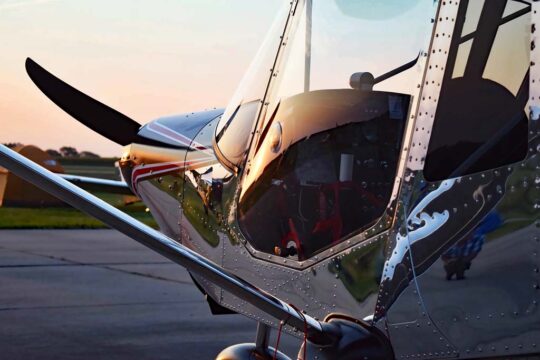 Mexico, Missouri's Hagan Brothers Field is a pastoral setting that is about perfect for airplanes such as Zenith produces.
"Great planes, fantastic people, and good weather," summarized Zenith! "What a wonderful two days at the 2022 Zenith Aircraft Homecoming / Open Hangar Days and Fly-In! Thank you to all who participated and helped to make this such a memorable event celebrating Zenith Aircraft's
Mexico, Missouri's Hagan Brothers Field is a pastoral setting that is about perfect for airplanes such as Zenith produces.
"Great planes, fantastic people, and good weather," summarized Zenith! "What a wonderful two days at the 2022 Zenith Aircraft Homecoming / Open Hangar Days and Fly-In! Thank you to all who participated and helped to make this such a memorable event celebrating Zenith Aircraft's 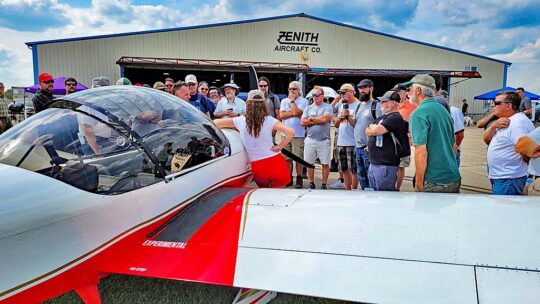
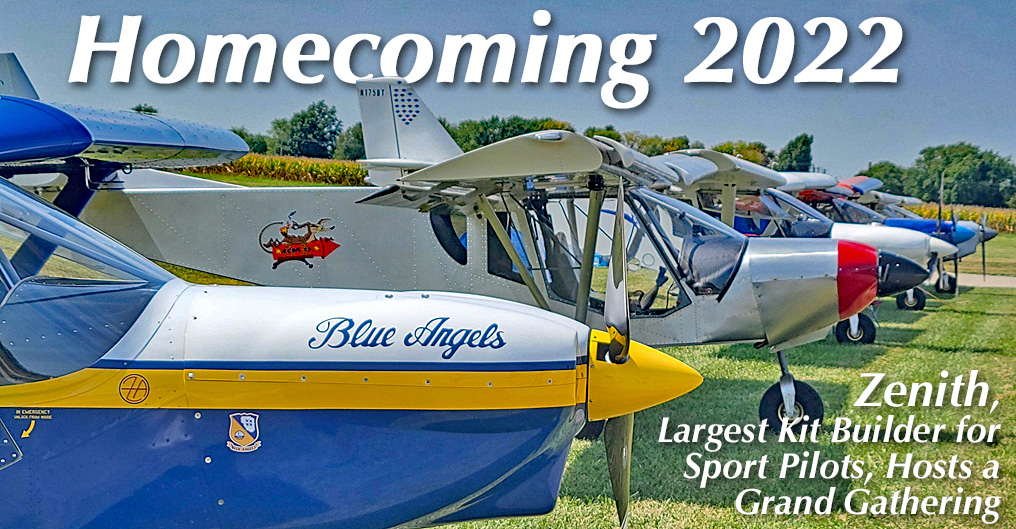
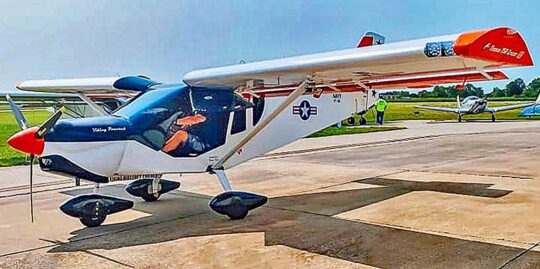 One man created his own special way to log some flight hours getting to Oshkosh. Evidently this adventurous pilot never heard another popular line: "The shortest distance between two points is a straight line." (Don't anyone challenge me with Great Circle routes; this is about a long flight but not a globe-spanning one.)
While pilots around the nation are in various stages of preparation for the flight to EAA's big summer celebration of flight, our aerial explorer is already en route. He's about halfway as this is posted.
One man created his own special way to log some flight hours getting to Oshkosh. Evidently this adventurous pilot never heard another popular line: "The shortest distance between two points is a straight line." (Don't anyone challenge me with Great Circle routes; this is about a long flight but not a globe-spanning one.)
While pilots around the nation are in various stages of preparation for the flight to EAA's big summer celebration of flight, our aerial explorer is already en route. He's about halfway as this is posted.
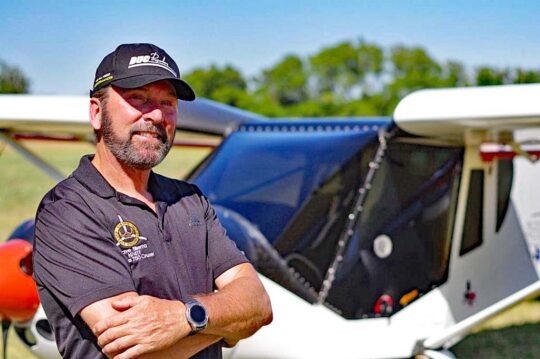 That's still not enough for our Zenith aviator — but arriving KOSH will definitely be the icing on his cake, so to say.
Let's meet him.
Dave Tillema of Southeast Texas has embarked on an ambitious journey in an aircraft he built himself: his
That's still not enough for our Zenith aviator — but arriving KOSH will definitely be the icing on his cake, so to say.
Let's meet him.
Dave Tillema of Southeast Texas has embarked on an ambitious journey in an aircraft he built himself: his 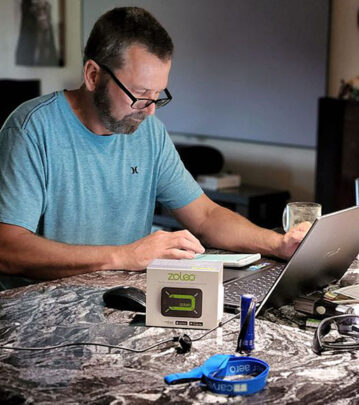 "I wish I could have tried this before everything got so expensive, but the stars didn't align," explained Dave. He's underway now, though. "This will be an all or nothing attempt: Oshkosh or Bust!"
However, he observed, "With costs skyrocketing into the absurd, I'm reaching out to fellow aviation enthusiasts. If y'all can help, I'd appreciate it very much." It was interesting to see comments on
"I wish I could have tried this before everything got so expensive, but the stars didn't align," explained Dave. He's underway now, though. "This will be an all or nothing attempt: Oshkosh or Bust!"
However, he observed, "With costs skyrocketing into the absurd, I'm reaching out to fellow aviation enthusiasts. If y'all can help, I'd appreciate it very much." It was interesting to see comments on  "I would definitely appreciate any hospitality, accommodations and/or fuel along the journey. My final stop each day will be determined by weather mostly, so planning for the trip is going to be day by day."
Dave's Zenith CH 750 Cruzer is powered by a Honda-based 130-horsepower powerplant from
"I would definitely appreciate any hospitality, accommodations and/or fuel along the journey. My final stop each day will be determined by weather mostly, so planning for the trip is going to be day by day."
Dave's Zenith CH 750 Cruzer is powered by a Honda-based 130-horsepower powerplant from 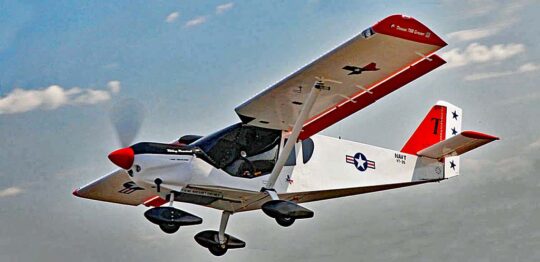 Dave said his Cruzer is "very inexpensive to fly and very quick to build. It's a great combination."
The Oshkosh 48-state flight is not the only effort Dave has given to share his love of flying with others. Before starting the Oshkosh flight, he'd flown 99 passengers in his Cruzer. He's logged nearly 800 hours in his airplane in less than three years.
One of the best ways to follow Dave 48-state adventure is on his
Dave said his Cruzer is "very inexpensive to fly and very quick to build. It's a great combination."
The Oshkosh 48-state flight is not the only effort Dave has given to share his love of flying with others. Before starting the Oshkosh flight, he'd flown 99 passengers in his Cruzer. He's logged nearly 800 hours in his airplane in less than three years.
One of the best ways to follow Dave 48-state adventure is on his 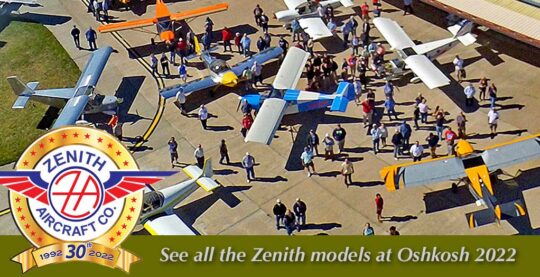
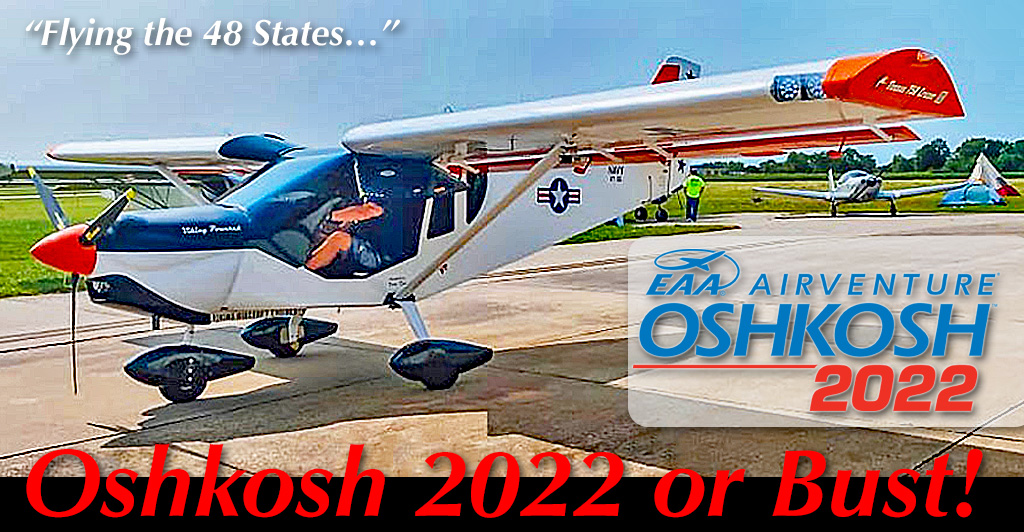
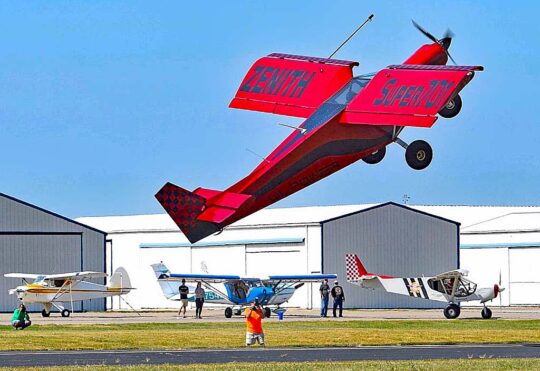 This particular year, however, the company based in Mexico, Missouri celebrates its 30th anniversary. Beginning in 1992, Sebastien Heintz has paired popular designs with hard work to build his company to occupy the number one slot as seen in our
This particular year, however, the company based in Mexico, Missouri celebrates its 30th anniversary. Beginning in 1992, Sebastien Heintz has paired popular designs with hard work to build his company to occupy the number one slot as seen in our 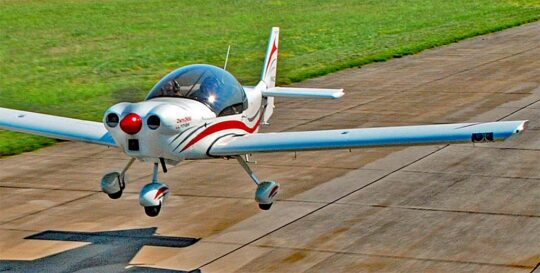 Zenith's success benefits from decades of design work by Sebastien's father, Chris Heintz. The latter passed away in 2021 but had been honored many times for his numerous accomplishments in creating enjoyable, affordable aircraft. His sons are all involved in the aviation business. Any entrepreneur will admit that is quite unusual.
Along the way, Sebastien moved from Canada, where Mathieu still operates Zenair Ltd., in a cooperative arrangement with Sebastien's Zenith Aircraft. At his U.S. address, Sebastien has stuck to kits only while Zenair works with others to supply either fully built aircraft to residents of countries where that is permitted or to
Zenith's success benefits from decades of design work by Sebastien's father, Chris Heintz. The latter passed away in 2021 but had been honored many times for his numerous accomplishments in creating enjoyable, affordable aircraft. His sons are all involved in the aviation business. Any entrepreneur will admit that is quite unusual.
Along the way, Sebastien moved from Canada, where Mathieu still operates Zenair Ltd., in a cooperative arrangement with Sebastien's Zenith Aircraft. At his U.S. address, Sebastien has stuck to kits only while Zenair works with others to supply either fully built aircraft to residents of countries where that is permitted or to 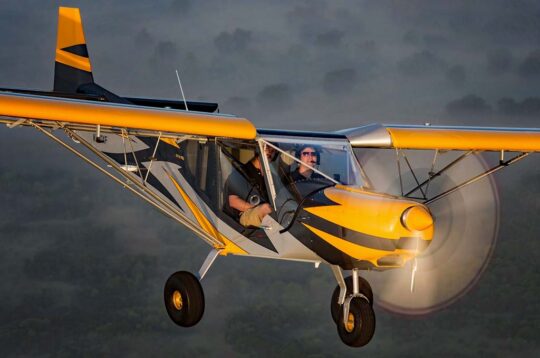
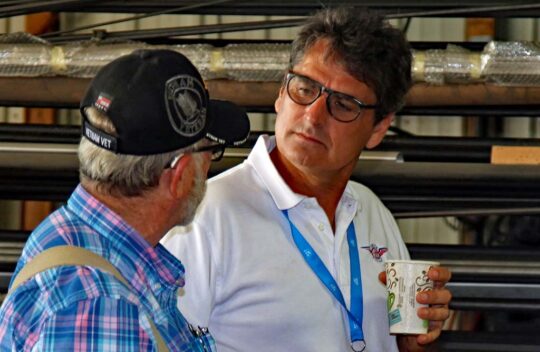
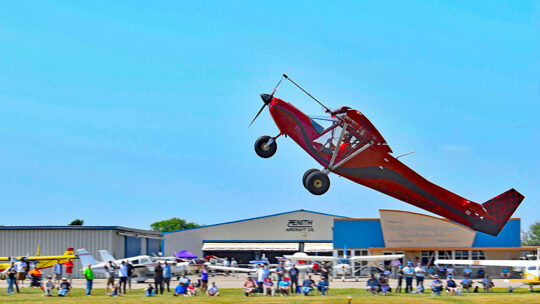 Host Workshops at the Factory and at Airshows
Host Workshops at the Factory and at Airshows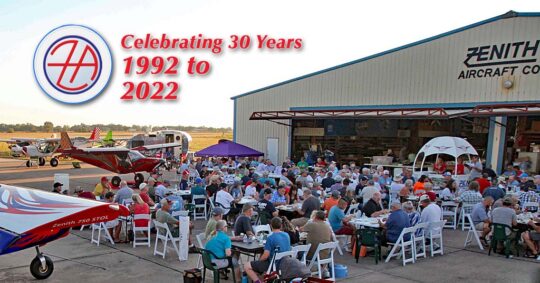 Zenith's top weekend is surely their well-attended
Zenith's top weekend is surely their well-attended 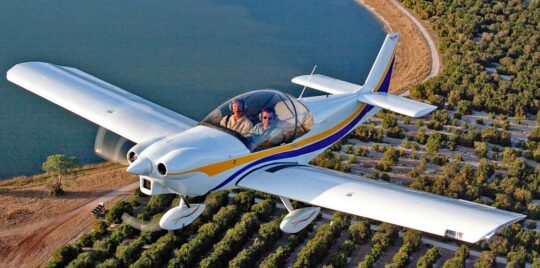 Offer a Broad Line of Proven Models
Offer a Broad Line of Proven Models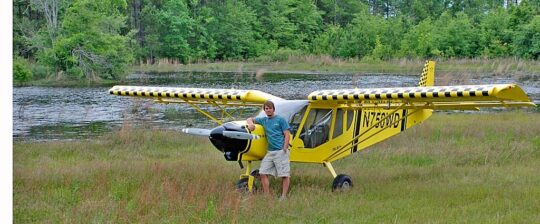
 https://youtu.be/yc2dsNnwkiw
https://youtu.be/yc2dsNnwkiw
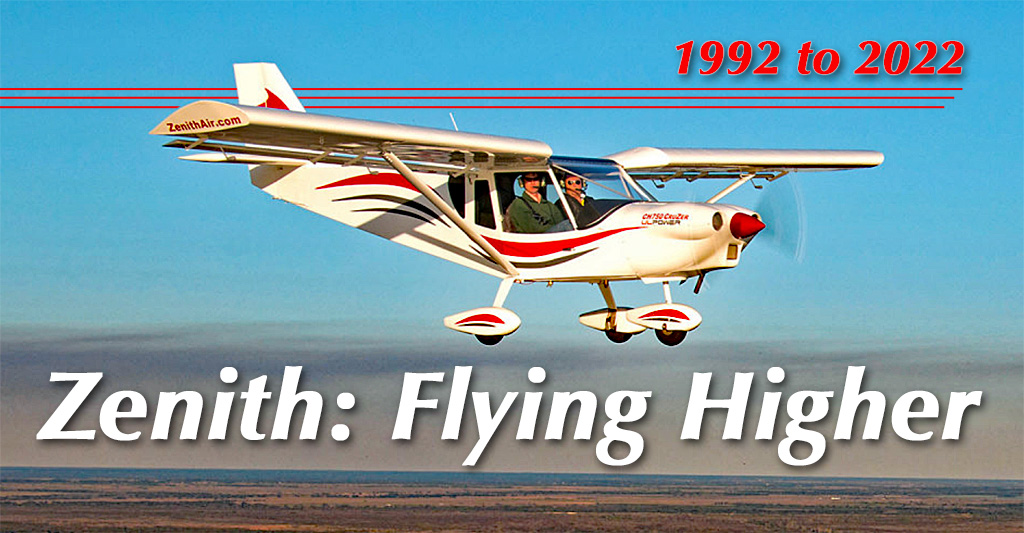
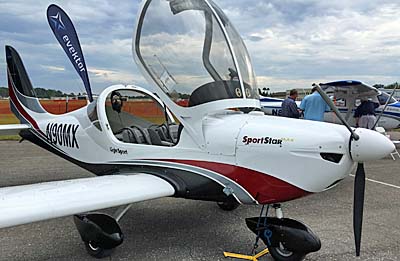
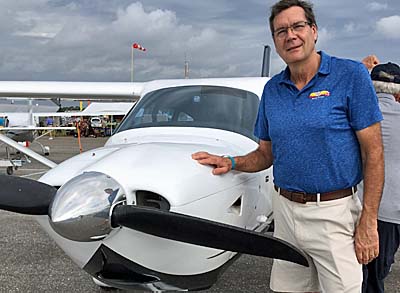
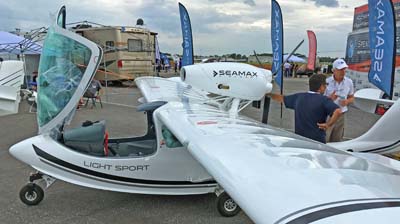 Seamax
Seamax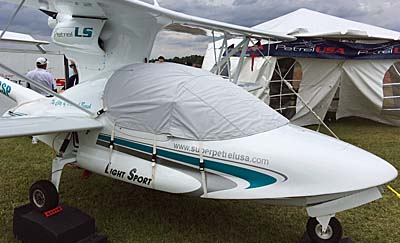 Inside the tent, we did an interview with
Inside the tent, we did an interview with 